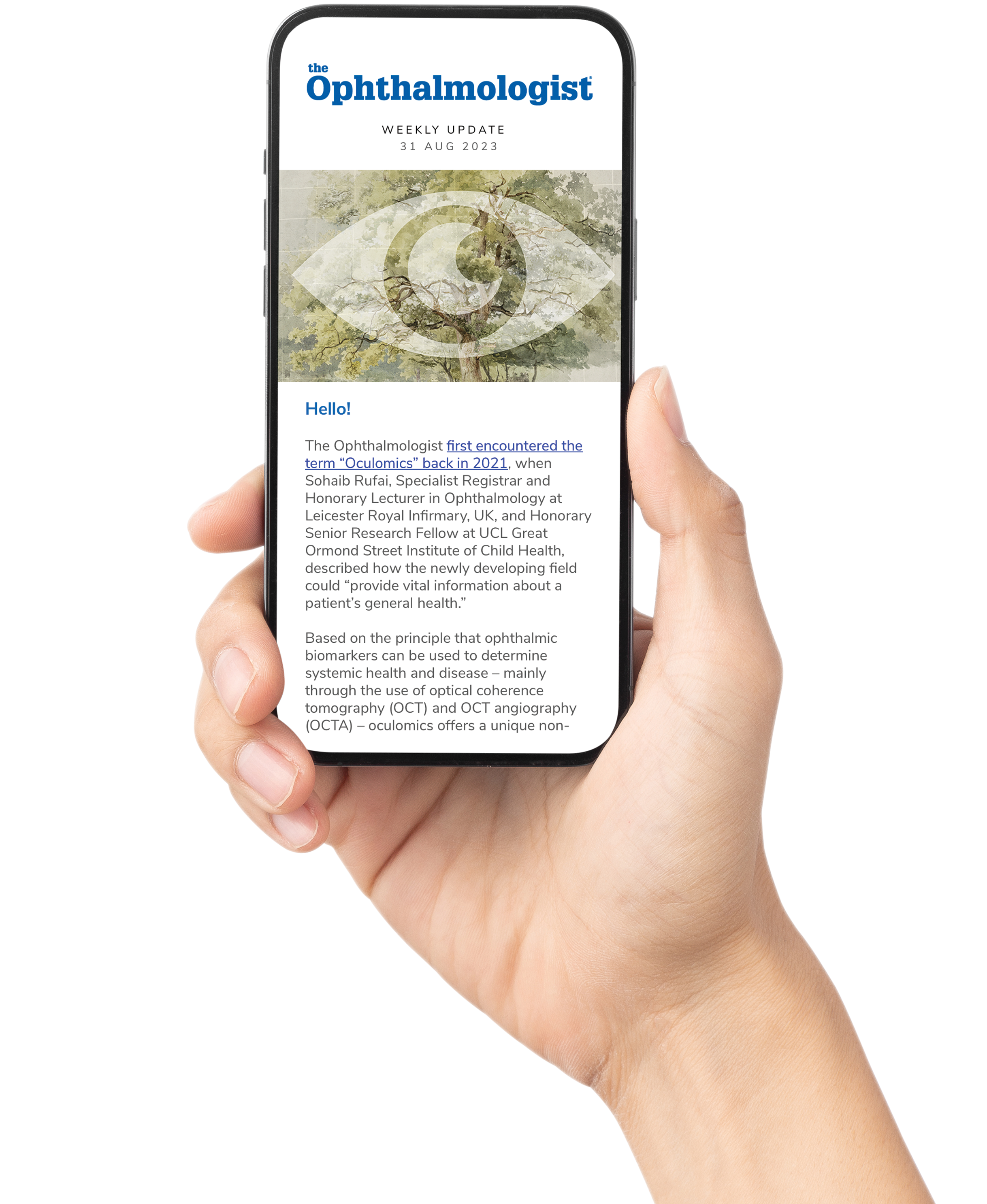We are constantly learning more about genetic contributions to eye conditions – through both advancements in technology and work in the lab. But is the genetic information we uncover about diseases useful if many genes contribute to a single condition? Developing a therapeutic for one genetic contributor may help, but it may also result in a one-dimensional and potentially ineffective treatment for a disease that is multifaceted and multifactorial.
Researchers from Trinity School of Genetics and Microbiology in Dublin, Ireland, may have found a single gene target with a blanket coverage effect on treating impaired vision – and perhaps even blindness. The SARM1 gene has been shown to drive the process of retinal ganglion cell (RGC) degeneration of and ultimately causes visual impairment and blindness (1). Suppressing SARM1 in a mouse model protected spatial vision, increased RGC survival, and preserved axonal density in the optic nerves for four months. In essence, the group found that, by suppressing SARM1, they were able to combat mitochondrial dysfunction – a hallmark contributor to many ocular and neurodegenerative diseases – in the retina at a tissue level and at a functional level.
Although this research is promising, there is quite a way to go before therapeutics can be made available. Nonetheless, the work offers hope that we may one day be able to treat diseases that affect the optic nerve, such as glaucoma. Aside from the ocular applications, the positive effect of SARM1 suppression also stretches to neuronal cells (2) – meaning that the gene may be a viable target for neurodegenerative diseases, such as Alzheimer’s disease, that are characterized by mitochondrial dysfunction.
References
- LK Finnegan et al., Int J Mol Sci, 23, 1606 (2022). PMID: 35163535.
- GJ Farrar et al., Trends Genet, 29, 488 (2013). PMID: 23756086.
